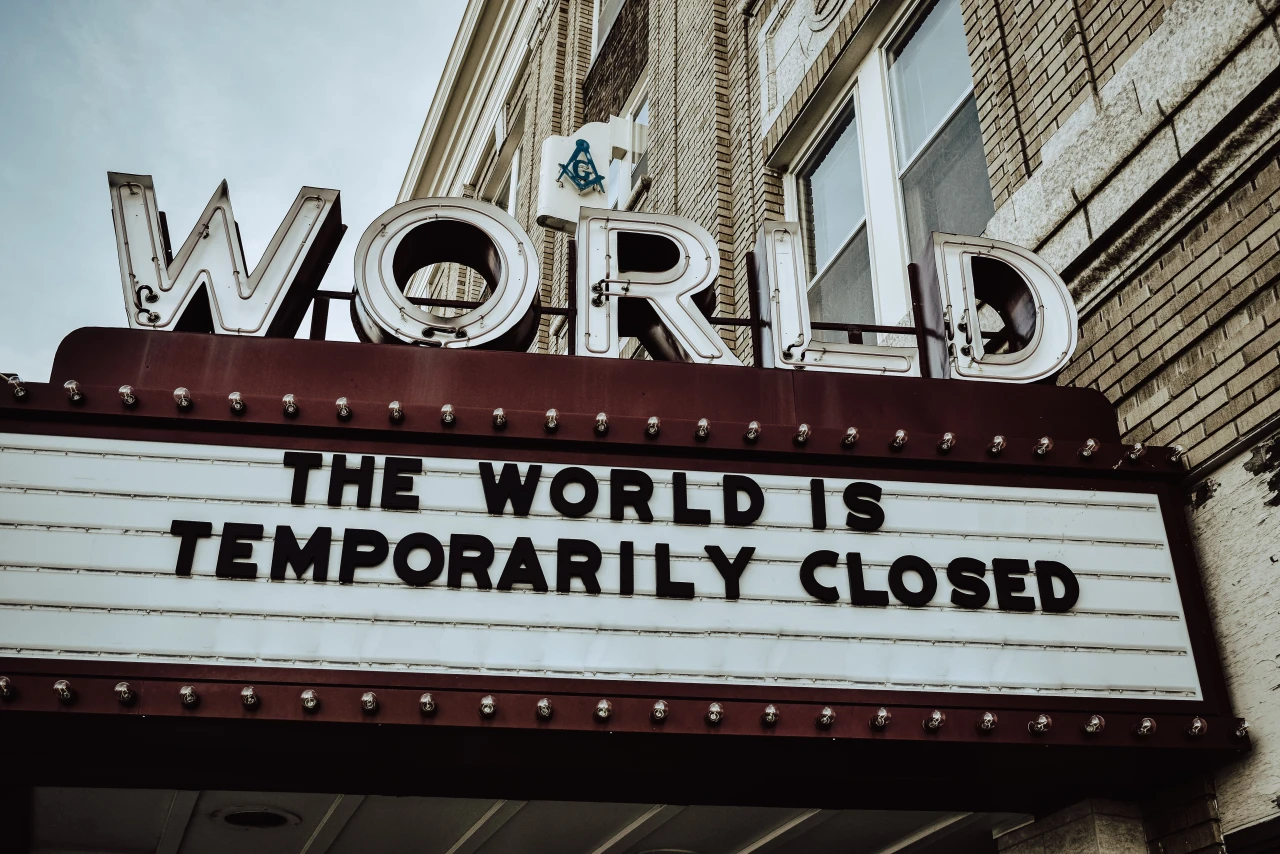Rushing to reopen after omicron is repeating the mistake we've made again, and again, and ...
The omicron wave was a nightmare no one needed, one that rode in before the nation had even started to wake from delta. Omicron has generated as many cases of COVID-19 in the last three months as were recorded in the entire previous year—and that includes the previous winter peak. In mid-January, the seven-day average of new cases recorded each day reached a cataclysmic average over 820,000.
But then omicron did exactly what many had hoped: Cases began to fall almost as rapidly as they had risen. As of Tuesday, the average was, for the first time since December, below the previous year’s peak. That rapid decline has been, rightfully, greeted with joy. It has also, foolishly, been greeted with ends to mask requirements and a general pretense that “things are so much better that it’s time to get back to normal.”
Which is, in technical terms, a mountainous load of crap. As of Tuesday, not only was the U.S. still averaging 230,000 cases a day, but over 115,000 COVID-related hospitalizations. Deaths are rivaling that awful peak a year ago at over 2,300 a day. Things are improving, yes, but they are very bad, not good. The virus isn’t somehow less infectious than it was a month ago. The survival rate isn’t miraculously better. Relaxing rules now can only have the effect of extending the problem. That’s especially true since the BA.2 subvariant—which may be able to easily reinfect those who had had omicron—is still on the rise.
What’s needed now is the one thing in really short supply: Patience.
New cases are in a steep decline, but continue at a very high level.
The frustrating part of the rush to drop mask requirements, end social distancing rules, and get businesses, schools, etc. all back to “normal” is that we’ve seen it before. Officials have reacted to the passing of each peak with a grateful sigh and a relaxing of the rules. And you can see the results of this in the graph above: tails. Every peak has been left with a lingering tail of cases that left things worse on the back end than they were going in.
With the exception of that period in the spring 2021 when vaccines were being administered rapidly, strong social distancing guidelines were still in effect in most urban areas, and the U.S. was not confronting a new variant, each of these waves has been more like a step up to a new level, rather than an up-and-down pulse. The average daily case counts in the months after the summer 2020 wave were twice that of the months leading up to that wave. The counts following the winter peak were higher still.
Going into omicron, the U.S. had been enjoying a prolonged period when case counts dropped below 15,000 a day—and would have dropped far lower had governors and local governments not treated that period like a holiday from common sense. But even after the delta wave passed, the U.S. was left at a persistent level over 75,000 cases a day. That’s a level that would have easily topped the first two waves of disease, and it was enough to ensure that hospitals and other health care facilities were under constant strain.
Omicron blew the numbers into the stratosphere, but as the case counts return from orbit, it’s not clear where they are going. With the massive case counts from omicron, some areas reinstituted masking rules and business restrictions. In stores and schools, the “wear a mask while inside” signs went back up. Now they seem to be coming down almost as fast as the case counts, no matter how little sense it makes.
The problem is that we don’t know where this is going. The average daily case count is still above the delta peak. With BA.2 making up a rising share of cases, and evidence that BA.2 can reinfect even those who had the more familiar BA.1 subvariant of omicron, there is a possibility that cases could level off at a rate much higher than they were going into the omicron wave.
Or … they could get better. Early studies indicated that omicron generates a relatively high level of antibodies that are effective in helping to stop infection from other variants (i.e., omicron protects against delta far better than delta protects against omicron). It’s possible that omicron might actually break through that long delta tail that was generating around 1,500 deaths a day for months. The U.S. could come through the end of the omicron wave and find that the number of infections, plus the level of vaccination—rates of which have increased significantly during the omicron wave—is enough to really push down new cases to a more tolerable level for a sustained period.
And all we need to know the truth is a couple of @#$%ing weeks, dammit.
Case counts are still dropping fast. In just a matter of days, it should be possible to see if we’re in for a real break in the pandemic, or just setting the latest “step” relative to the peak of the wave. Then and only then can local governments take appropriate actions that properly balance protecting the public with guarding against extending the high level of cases, hospitalizations, and deaths we’re seeing right now.
It’s been two years. Two weeks is not too long to wait before making decisions that will literally affect millions of lives.

